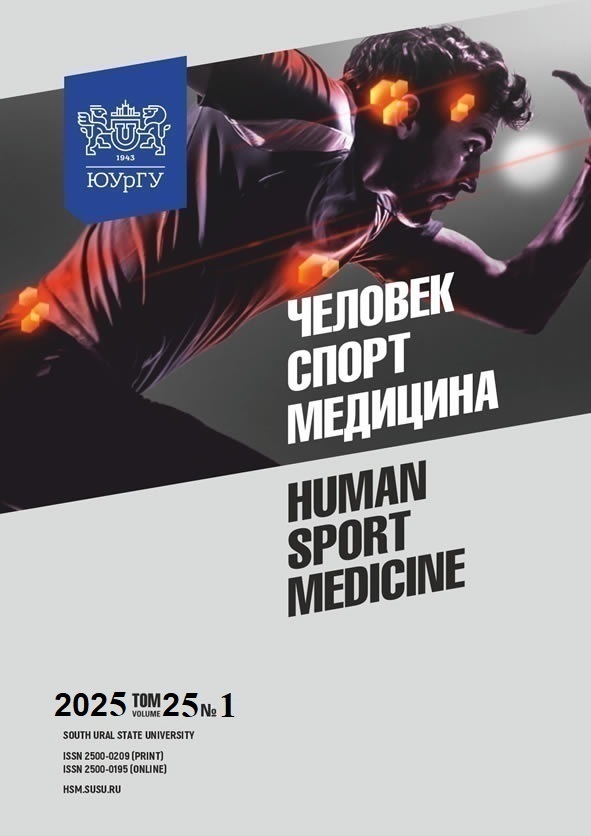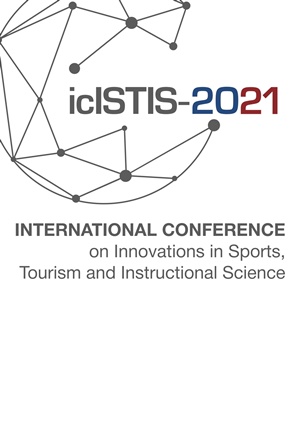THE ROLE OF THE VESTIBULAR ANALYZER IN ENHANCING ACCELERATION SENSATIONS AND STATOKINETIC STABILITY IN FEMALE RHYTHMIC GYMNASTS
Abstract
Aim. This study aimed to enhance the sense of acceleration and improve the multi-analyzer mechanisms of statokinetic coordination in female rhythmic gymnasts during the advanced stages of training. Materials and methods. Conducted from July to November 2024, the study involved 33 female gymnasts aged 10–14 years, divided into two groups. The first group (n = 16) underwent an adapted vestibular training program supplemented with vitamin complexes containing trace elements essential for vestibular function. The second (control) group performed only standard exercises without additional supplementation. Results. Gymnasts in the first group showed improvements in coordination and balance, as measured by stabilometry. Key findings included a reduction in the average spread of body vibrations in the frontal plane to 1.39 mm (with visual control) and 1.67 mm (without visual control), compared to 1.75 mm and 2.12 mm, respectively, in the control group; a decrease in the ellipse area in the first group to 52.3 mm2 (with visual control) and 71.5 mm2 (without visual control), compared to 63.1 mm2 and 144 mm2, respectively, in the control group; enhanced movement coordination, with values improving to 41.5 degrees (with vision control) and 61.8 degrees (without visual control) in the first group, compared to 66.8 degrees and 78.2 degrees, respectively, in the control group. Conclusion. The integration of vitamin complexes containing essential trace elements for vestibular function in a 4-month adapted vestibular training program significantly improved attention, coordination, and movement accuracy in young gymnasts. Computer stabilometry confirmed enhanced statokinetic stability in female rhythmic gymnasts.
References
References on translit
Copyright (c) 2025 Human. Sport. Medicine

This work is licensed under a Creative Commons Attribution-NonCommercial-NoDerivatives 4.0 International License.















